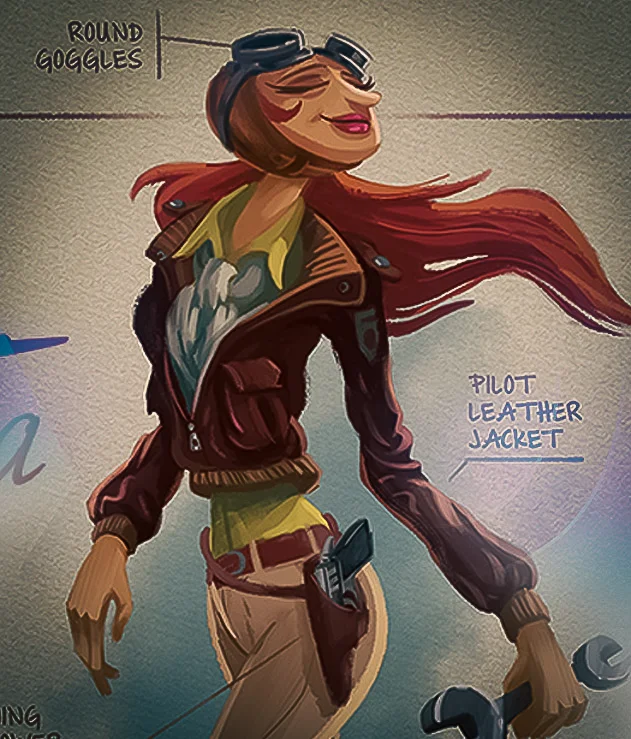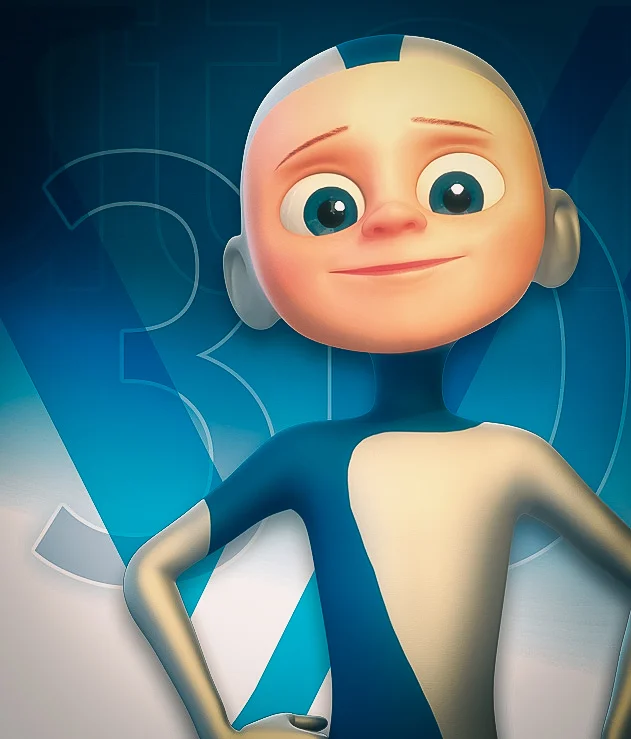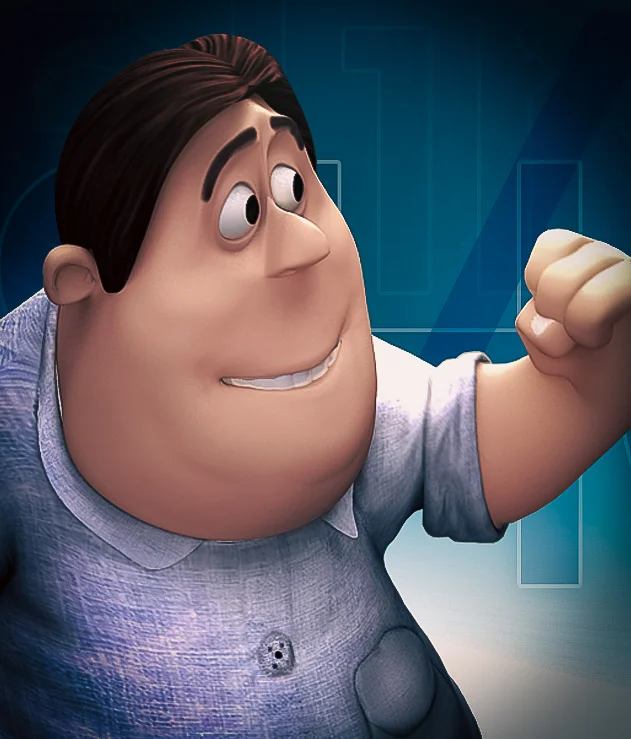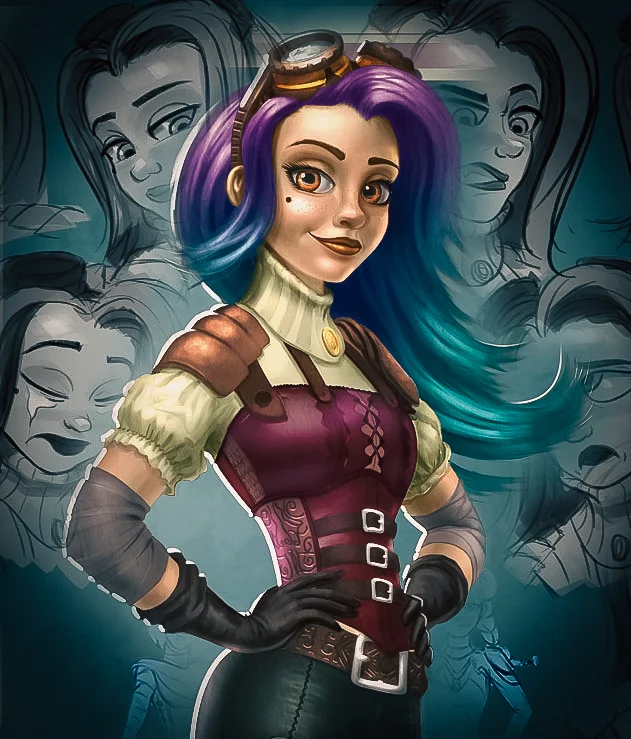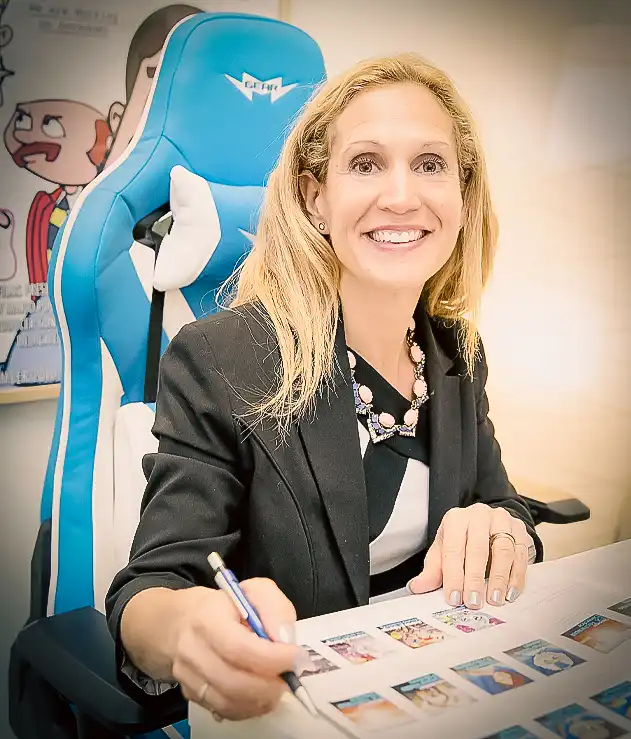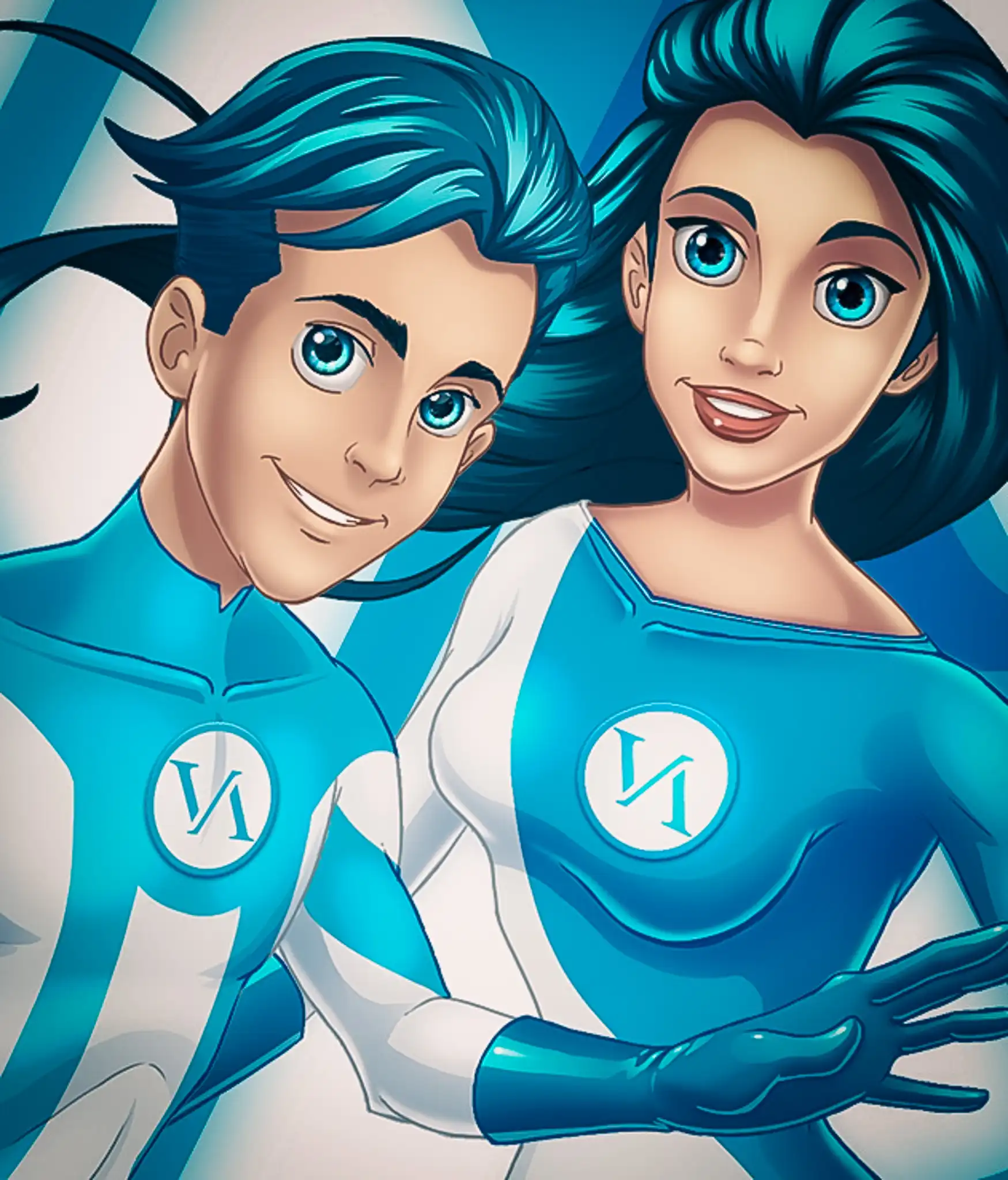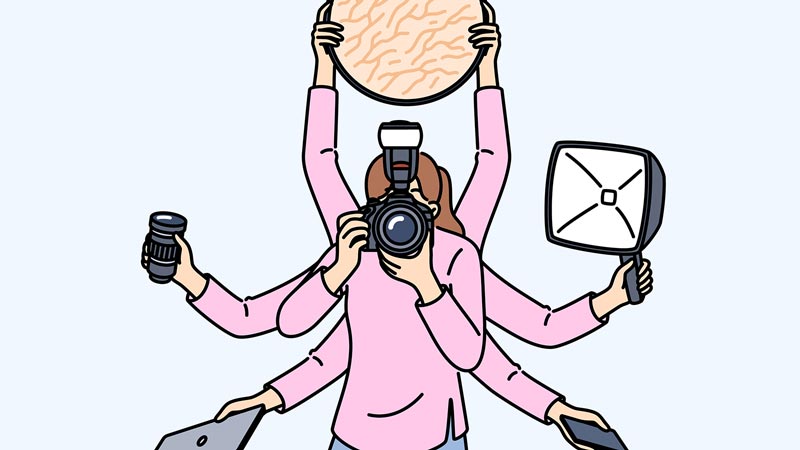 Image: Dzianis Vasilyeu (Motion Array)
Image: Dzianis Vasilyeu (Motion Array)
Author: VANAS Team
AI Will Empower the One-Man Feature Film
Introduction: Why This Topic Matters Right Now
Once upon a time, creating an animated feature film took hundreds of people, massive budgets, and years of production. Today, the creative landscape is shifting so fast that one passionate artist, armed with AI tools, could soon produce an entire feature-length film solo — or at least with a fraction of the traditional crew.
For aspiring digital artists, this is more than a tech trend — it’s a revolution. Whether you dream of directing your own animated epic or telling deeply personal stories, AI might become the secret co-pilot that helps you turn your ideas into reality.
At Vancouver Animation School (VANAS), we’re excited to see how AI tools will amplify the vision and capabilities of individual artists — not replace them. This article dives into how you can ride this wave and what it means for your career.
One Artist, Many Hats — And Now an AI Assistant
In traditional animation, making a feature film means wrangling dozens of departments:
- Storyboarding
- Modeling
- Rigging
- Animation
- Lighting
- Compositing
- Editing
- Sound design
It’s an incredible feat of teamwork, but that also means huge costs, lots of approvals, and sometimes creative compromises.
With AI, many of these tasks — from generating concept art to automating lip sync — can be accelerated or handled at least partly by machine learning. That gives solo creators more freedom and more time to focus on their unique style and vision.
As a student at VANAS, you’ll learn these fundamentals first — then discover how AI can empower you to do more with less.
A Personal Insight: Small Team, Big Dream
Take the example of independent animator Gints Zilbalodis, who created the critically acclaimed animated film Away (2019) almost entirely by himself. He did this before today’s explosion of generative AI tools. Now, imagine a creator like Gints using AI for asset generation, crowd scenes, or background art — it could shave months off production time and open the door for more indie feature films.
As a VANAS alum said recently:
AI isn’t making me less creative. It’s making the boring stuff faster so I can focus on the fun stuff — the storytelling, the acting, the emotion.
How AI Helps the Solo Feature Film Maker
1. Generative Visuals and Concept Art
Tools like Midjourney and Stable Diffusion can help you generate concept art in seconds. You can iterate on a look until it feels just right — no need to wait days for revisions.
Real Example: Concept artists are using AI to spit out dozens of background variations, then painting over them to add their personal style.
2. Automated Animation Tweaks
Some AI tools now do pose-to-pose in-betweening or clean-up, speeding up traditional 2D animation. AI can also assist with rigging, motion capture clean-up, or lip-sync for voice tracks.
3. Sound and Voice Generation
AI can generate placeholder voiceovers, sound effects, or even musical scores. While you may still want human actors for final performances, AI lets you test ideas faster.
4. Editing and Compositing
AI-powered editing tools can auto-cut, color match, or track shots — things that normally eat up hours of tedious work.
Quick Comparison: Traditional vs. AI-Enhanced Production
| Stage | Traditional Method | AI-Enhanced Method |
|---|---|---|
| Concept Art | Hand-drawn, multiple artists | AI-generated variations in minutes |
| Character Rigging | Manual rigging, technical skills | AI-assisted auto-rigging tools |
| Animation | Frame-by-frame, time intensive | AI helps with in-betweening, cleanup |
| Voice & Sound | Human actors, composers | AI drafts voices and scores for tests |
| Editing | Manual cuts, color matching | AI suggestions for cuts and color flow |
Why It’s Not Just Push-Button Art
It’s tempting to think: “Cool! So AI does everything for me?” Not quite.
You still need:
- Storytelling chops
- Visual style
- An understanding of animation principles
- Good taste and critical thinking to direct the AI output
Without this foundation — the kind you build at places like Vancouver Animation School (VANAS) — the final product risks feeling generic. AI won’t make you a great storyteller overnight; it will just make you a faster one.
What’s Next?
Large studios are already experimenting with AI to speed up parts of their pipelines. But the biggest impact may be in the indie scene: a wave of fresh voices and daring stories that would never get a greenlight in Hollywood.
At VANAS, we see this as a chance for new talent to shine. Our programs don’t just teach you the software; we show you how to think like an artist, adapt to new tools, and stand out in a sea of machine-generated content.
FAQ: AI and the One-Man Feature Film
Q: Will AI take my job as an animator? A: Not if you adapt! AI will handle repetitive tasks, but your unique ideas, taste, and storytelling will always be in demand.
Q: Do I need to learn coding to use AI tools? A: Not really — many AI art tools are user-friendly and designed for non-programmers.
Q: Where should I start if I want to make a solo animated film? A: Master the basics of animation, storyboarding, and editing. Then test AI tools for tasks like concept art and in-betweening. Build a small scene to experiment!
Key Takeaway: The Tools Won’t Replace You — They’ll Empower You
AI is like a superpower for the indie animator. It lowers barriers, reduces costs, and frees you to focus on what you do best: telling compelling stories.
At Vancouver Animation School (VANAS), we’re excited to help you learn the timeless principles of animation while staying ahead of industry shifts like AI. If you’re ready to start your own one-man feature film journey, we’re here to guide you every step of the way.
Ready to Get Started?
Join our VANAS community to learn, grow, and stay ahead as AI transforms digital arts. Visit www.vanas.ca to see how our Animation, Visual Effects, and Video Game programs can launch your creative career today.

